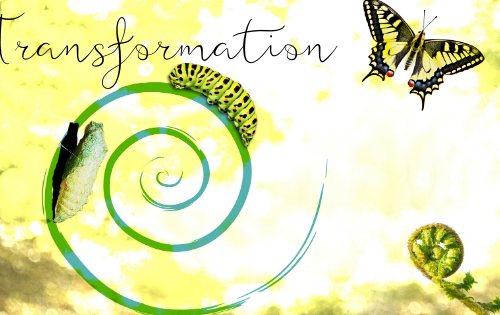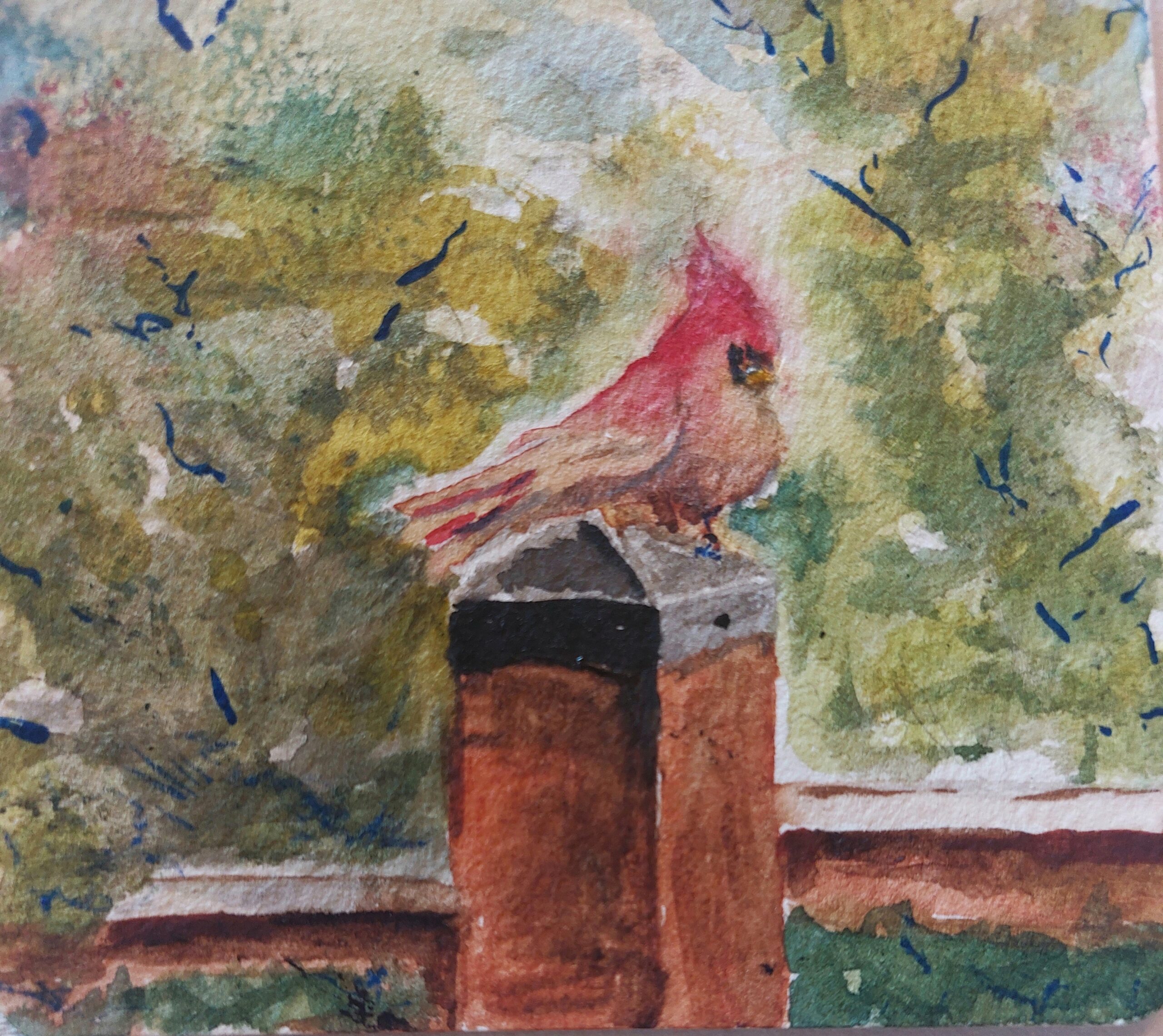
A Stalk of Celery
Today I’m thinking about transformation, not that sudden transformation like what happened to the Apostle Paul as he walked from Jerusalem towards Damascus (See Acts 9), but a continuous transformation that grows more gradually. As I explored the idea of change, what image should pop into my mind but…celery! I laughed and decided to go with this thought and see where it takes me.
Any preschool teacher worth her salt has probably tried this science experiment: Put the end of a celery stalk into a glass filled with colored water; Set it on a tray or shelf; Step back and encourage the children to see what happens. After a few hours, the colored water begins to creep up the stalk, gradually changing the celery from its natural color to the dyed one. The water’s upward march continues even to the very tips of the leaves that gracefully fall over the edges of the glass. Scientists call this process capillary action1 as water evaporates from the leaves of a plant and is drawn up from the roots. It is a simplistic, effective way to introduce the idea of how plants acquire nourishment. From the viewpoint of the children, however, it’s simply known as magic.
No matter how many times I’ve done this as a teacher, that element of magic remains. I wonder, like all curious scientists should, why does this happen? Why is it so dramatically obvious in celery and not in a big fat carrot? What is it about celery that makes it such a perfect conduit for the water? As I read about the science behind this experiment, I discover that the tubular-shaped celery cells act like straws, drawing the water upwards in a highly visible way. It occurs in most plants, including carrots. The different cell structure of carrots makes the process harder to see, but change is happening nonetheless.
As I imagine this experiment and what it might have to do with transformation, I notice three things that make it work: the celery and its tube-like cells; the colored water; and the time that it takes for the process to do its work. I notice the open structure of the celery cells. As the water creeps up the stalk, the celery does not suddenly transform into something completely different, morphing into a stalk of broccoli or Brussels sprouts. There isa gradual change permeating the stalk from top to bottom. And for me? This type of change — a celery-type of transformation — might mean that even as I grow and change in my spiritual journey, I do not lose my own uniqueness. The more open I am to listening and acting on what I hear, the more I will absorb of God’s life-giving essence until it permeates all that I am, my thoughts and prayers, and how I act and react in this world. A celery transformation is continuous and gradual. As I take in more and more of the spirit of God, if my essence, my very soul, is open to this process, I will change in ways that are subtle and slow, but are dramatic and indelible, nevertheless.
I expand my musings to include the water itself and the passage of time as vital parts of the change process. I imagine a glass filled with bright orange water. As long as the celery stays in the water, it will continue to absorb the color until it is saturated from base to tip. I don’t have to be heavy-handed as I continue with my unexpected metaphor for spiritual transformation. You can fill in the blanks… about the necessity to remain open…the source and intensity of the water…the slow work of time.
I often doubt my own ability to change. I impatiently want a road to Damascus experience, the sudden in-your-face transformation that turned Paul from a seeker of Christians to a seeking Christian. I find evidence however, that Paul viewed this extraordinary Damascus-road event not as the end but as the beginning of his spiritual journey. Later in his ministry he described an ongoing, celery-stalk type transformation to the early Christians: And we who with veiled faces reflect the Lord’s glory are being transformed into His likeness with ever-increasing glory… (2 Cor. 3: 18 NIV). Transformation, in Paul’s view, was both a sudden change and an ongoing experience.
Many centuries after Paul walked the earth, I am also challenged to transform myself into God’s likeness with ever-increasing glory. A simple stalk of celery points the way to hope and to the possibility for change in even the most resistant places. I see that I am not in control of the rate of this process, but only of my willingness to remain open to it. Unlike the celery, I do have choices about what I want my spirit to drink, how much, and how often. Just as the water slowly but inexorably flows into the cells of the celery, I can trust that this transformation will happen if my heart is open to the living water, infusing into my life according to God’s own timing. It is not magic, but rather the presence of the vibrant, many-hued spirit of God. Transformation…. I may never look at a stalk of celery in quite the same way!
1Steve Spangler Science (www.stevespanglerscience.com)
Reflection Questions:
How have you experienced slow but steady, positive change in your life?
In what ways do you access the three elements for celery-stalk change: openness, source, and time?




